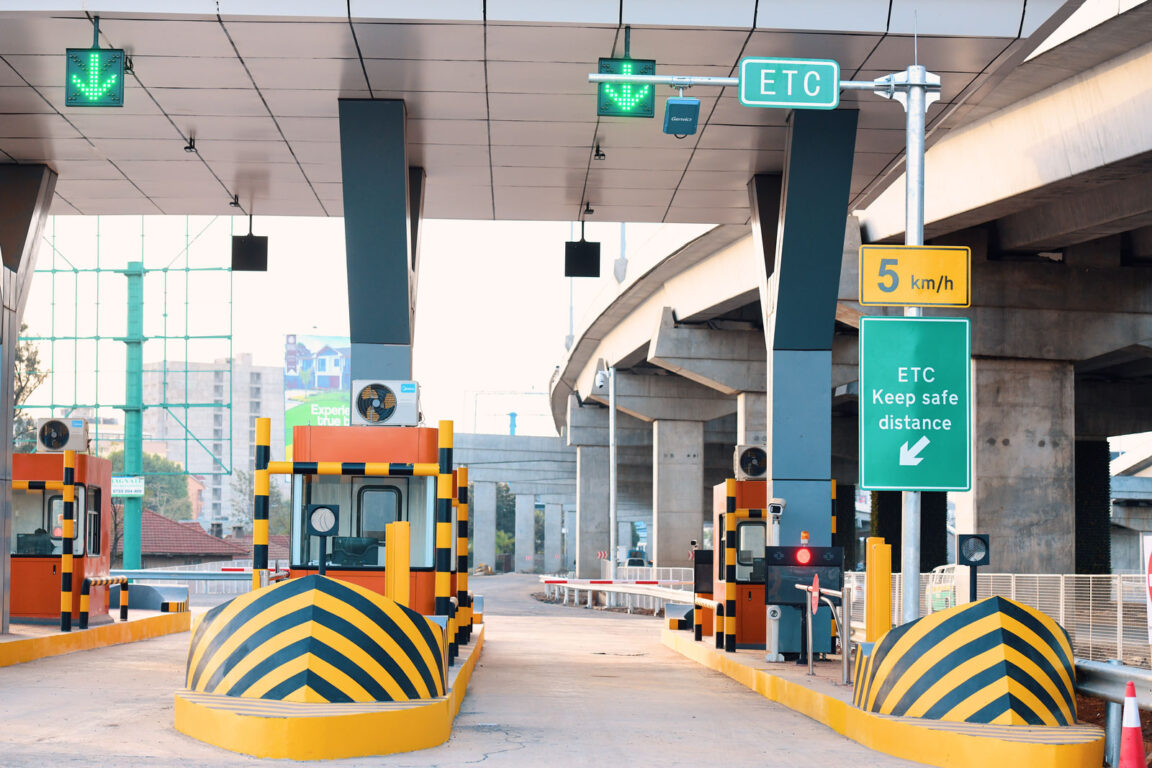National Tolling Policy: A blueprint for future taxes in Kenya?

Early this month, the Ministry of Transport announced its plans to introduce a new car insurance premium tax and congestion levy in the draft National Tolling policy. The new fees are part of the government’s plans to use tolling to construct infrastructure. New or improved roads will now be subjected to toll charges, including roads with added lanes, enhanced safety features and improved driving conditions. Tolling stations will also not have any toll-free alternatives, and all road users will have to pay the fees. Discounts and gradual implementations of tolling will be used to gain acceptance.
Toll revenue will then be used for the construction and expansion of the Rironi-Nakuru-Mau Summit and the Nairobi-Mombasa Expressway. These projects are public-private partnerships (PPPs), where private investors will finance, build, and maintain the roads in exchange for toll revenue. Priority will be given to roads with at least 5,000 vehicles per day and a high percentage of freight traffic. Currently, the Nairobi Expressway is the only tolled road in Kenya, but more are expected under this policy.
The initial and expected reaction from the public was annoyance at the introduction of yet another tax, especially coming after the contentious Finance Bill, 2024, that was rejected last year. National Treasury and Economic Planning Cabinet Secretary John Mbadi has had to engage the public through barazas and X Spaces to ensure that the 2025 budget is met with as little acrimony as possible to forestall what transpired last year.

In addition, to avoid giving the public any opportunities to riot, CS Mbadi has indicated that the finance bill this year will be about compliance rather than the introduction of new taxes. In fact, most of the contested taxes in Finance Bill, 2024, were incorporated into the Tax Laws Amendments Act, 2024, the Business Laws Amendment Act, 2024, and the Tax Procedures Act, 2024. These acts may now become a key feature of the Kenyan budget cycle, allowing the government to introduce tax changes through alternative legislation rather than the main Finance Bill. This strategy reflects the idea that a rose by any other name would smell as sweet—the taxes remain the same, even if they are introduced under a different law.
If not through the tax law and business law amendment taxes, new taxes will be introduced via government ministries, departments, and agencies (MDAs). The shift signals a fundamental change: MDAs are now expected to generate their own revenue and sustain their budgets independently. This is where the National Tolling Policy comes into play—a model that shifts taxation away from a centralised system and distributes it across various entities.
Instead of concentrating all tax measures in the Finance Bill, which makes the overall tax burden highly visible and politically sensitive, the government appears to be adopting a “divide and implement” approach. Each MDA will introduce its own levies, fees, and charges, effectively fragmenting the perception of taxation. While this strategy may reduce immediate public resistance, it could also lead to a more opaque and complex tax regime, where the cumulative burden becomes even harder to track and contest.
Advocacy efforts must now shift towards the ministries, marking a significant change in how policy influence is exercised. Previously, taxation and fiscal policies were primarily debated and shaped within parliamentary processes, where stakeholders—businesses, civil society, and advocacy groups—could engage lawmakers directly. However, with the decentralisation of tax measures into MDAs, the battleground for policy influence is shifting.
This change means that instead of focusing on Parliament and the Finance Bill, advocacy efforts will now have to navigate multiple bureaucratic layers, dealing separately with different ministries that set their own revenue policies. This fragmented approach will require deeper engagement with executive agencies, regulatory bodies, and sector-specific policymakers, making tax policy advocacy more complex.
Moreover, this shift could reduce transparency and public scrutiny. In Parliament, tax proposals undergo debates, media coverage, and public participation. However, when ministries take over tax-related decisions, policies could be introduced through executive directives, regulations, or administrative fees—potentially with less oversight. This is how the Eco Levy, which was in Finance Bill, 2024, appears to have been reintroduced. There are marked similarities between the stipulations of the Eco Levy and the new levy introduced in the Extended Producer Responsibility 2024 regulations. A fact that did not escape the Kenya Extended Producer Responsibility Organisation (KEPRO) CEO, James Odongo, who last year noted the similarities between the two.
For advocacy groups, the challenge now is to adapt their strategies: building stronger relationships within ministries, increasing technical expertise on sector-specific policies, and leveraging legal mechanisms to ensure accountability. This type of advocacy requires an eye trained on the ministries and new regulations. Otherwise, taxation could become an opaque, piecemeal process, where citizens and businesses only realise the full impact once it’s too late.

